Vishnu Prasanna explains Harmony in Chess
India's 33rd GM Vishnu Prasanna launched his website on 1st May 2020. The site is rich of various content, one of the main features of the site is 'blog' where Vishnu himself explains various chess themes with illustrative games and diagrams. Vishnu is an accomplished player and a prolific trainer. He has trained second youngest GM in the world D Gukesh, he is training with GM Surya Sekhar Ganguly and he has also worked with GM Adhiban Baskaran as a second for his debut in Wijk aan Zee. In his first blog post, Vishnu talks about Harmony in Chess by showing an example of Steinitz's game with beautiful explanation on using imagination to understand harmony and more. Photo: Austrian National Library and Shahid Ahmed
"The whole is other than the sum of the parts" - Kurt Koffka
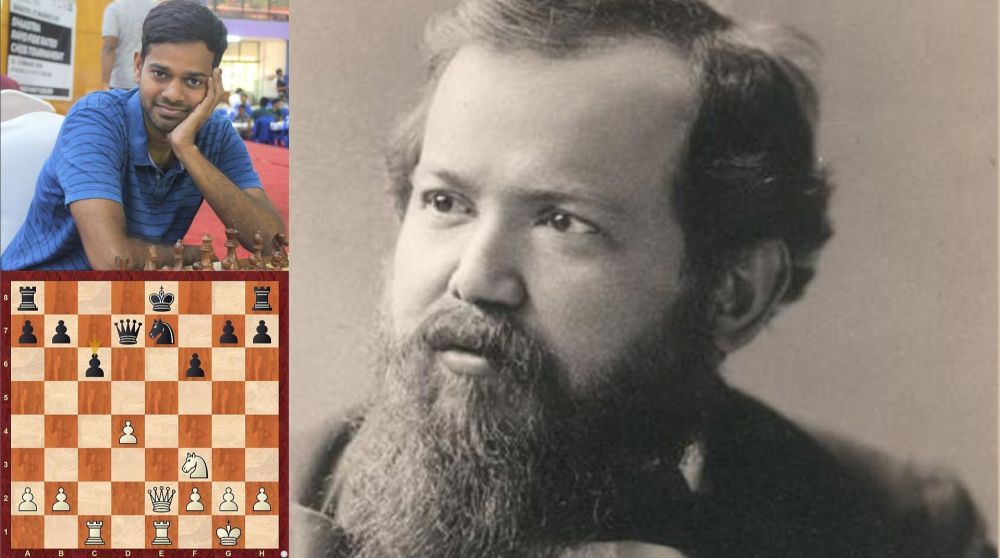

Steinitz - Von Bardeleben, Hastings Masters 1895
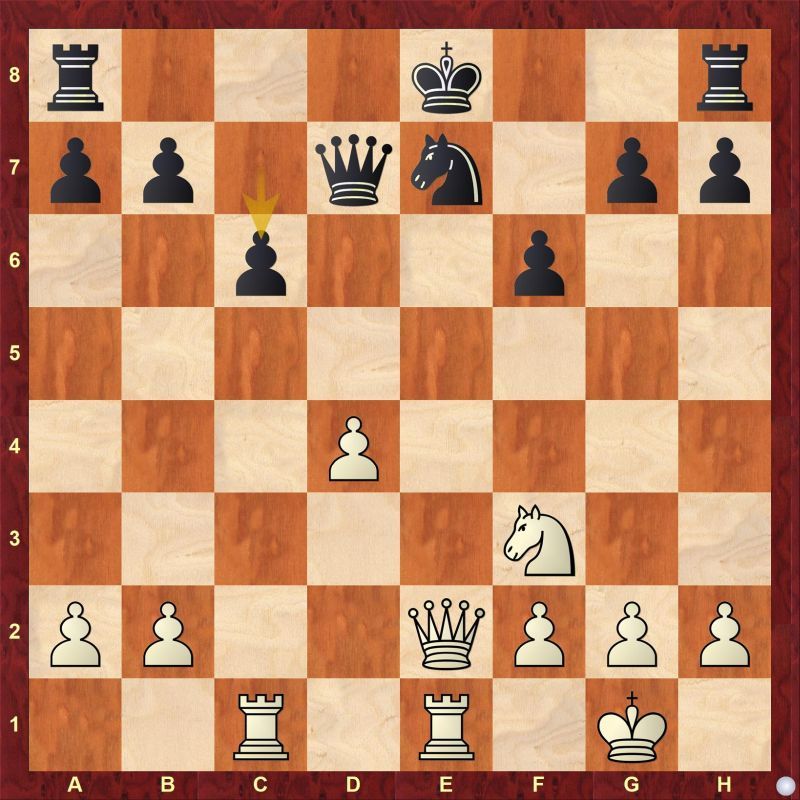
A position from the classic Steinitz-Von Bardeleben in Hastings 1895. The first impression is that Black's king is weak and herein lies all of Black's troubles. White can lay claim to a huge positional advantage, although, mathematically the position is equal, as in the numeric value of pieces of both sides are the same.
White = 9+5+5+3+1+1+1+1+1+1 = 28
Black = 9+5+5+3+1+1+1+1+1+1 = 28
If we permit ourselves to bend the laws of chess with our imagination, we can explore the nature of the position more deeply. Without altering the position of the king, let's observe a few hypothetical scenarios, where the position is balanced.
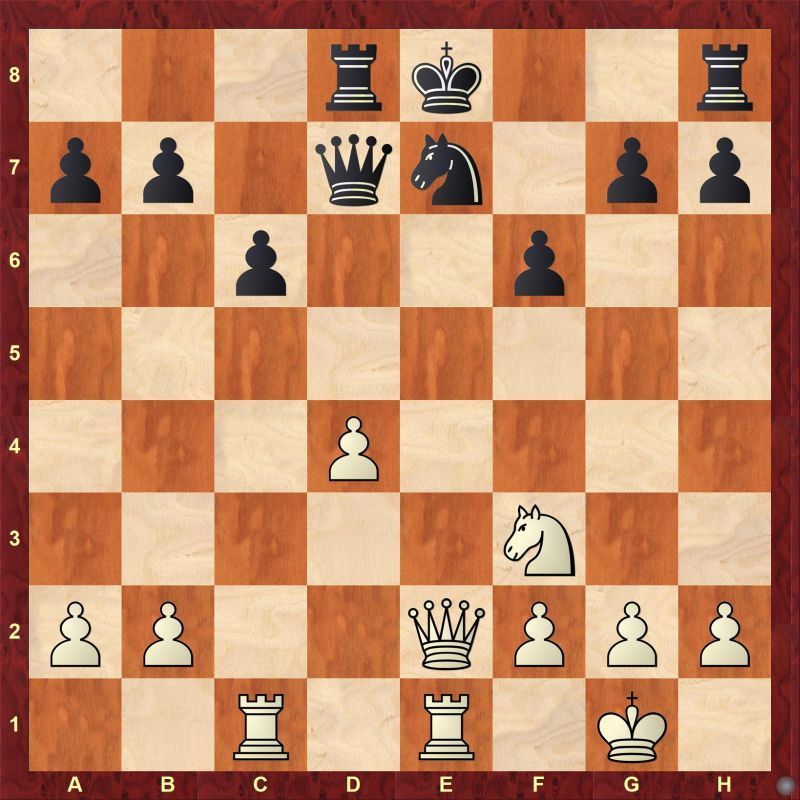
Improving the position of one of our rooks is not enough to restore balance here. White has an advantage after d5.
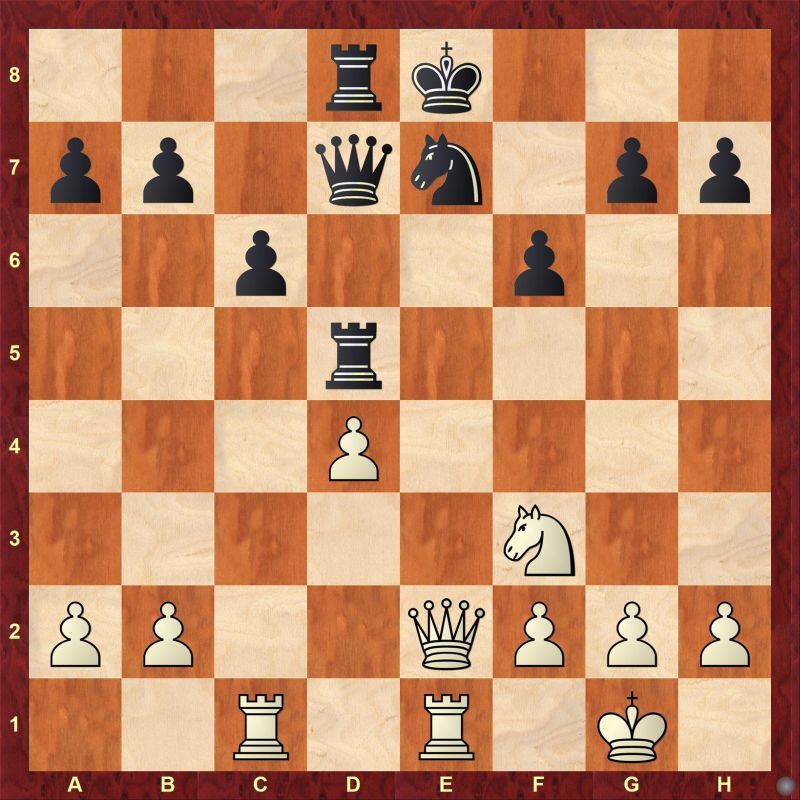
Black's king would cease to be weak.
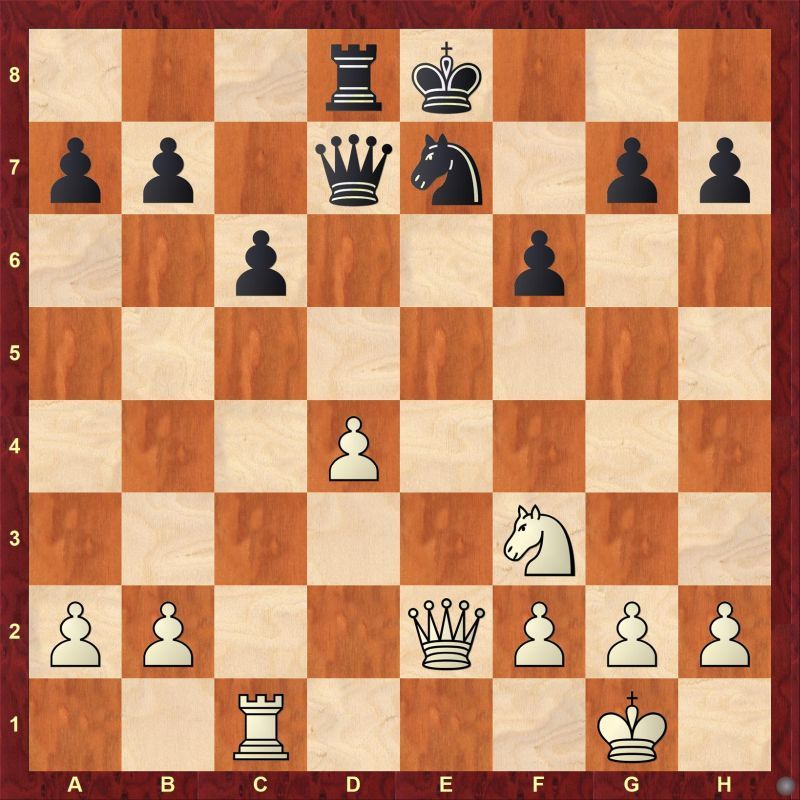
Black can even hope for a slight edge now.
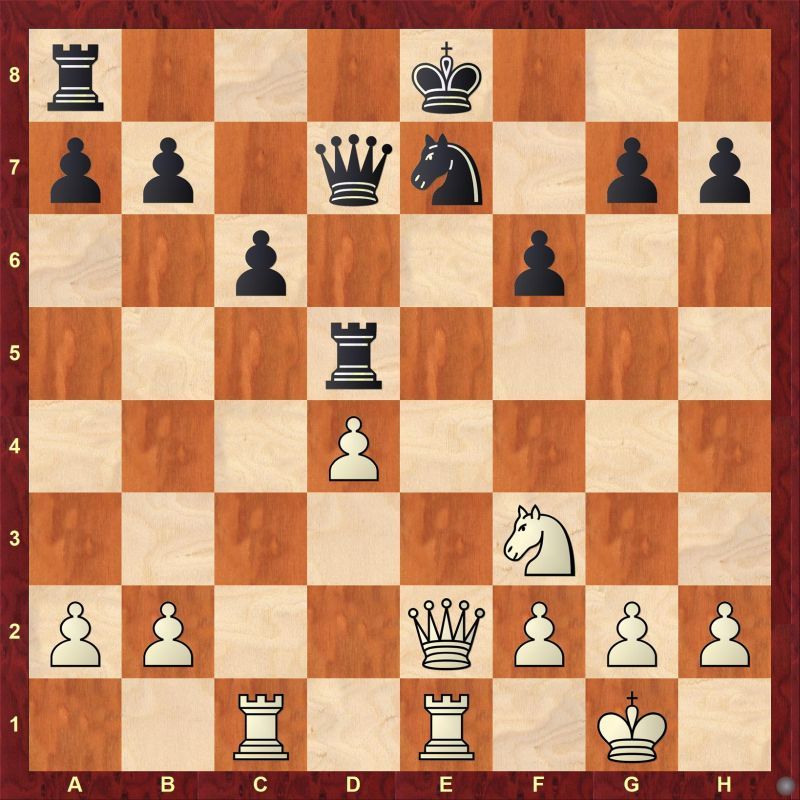
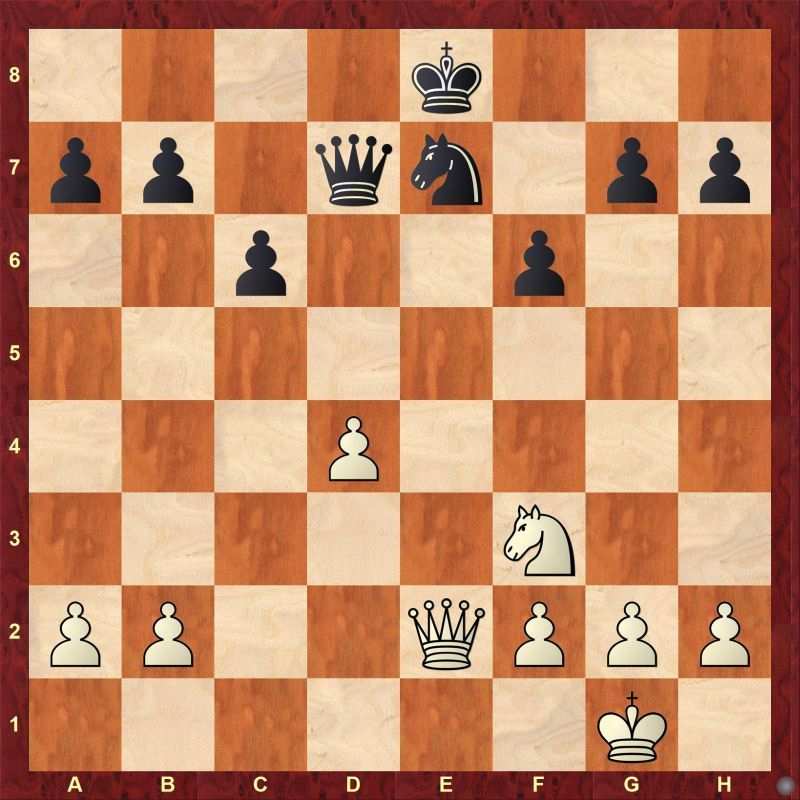
We can descend back to reality and can contemplate whether it was the king that was weak in the initial position. We can also observe that Black is also very far away from achieving these scenarios we have dreamed of.
We can draw certain conclusions from our exploration:
• The king does not really possess any qualities of strength or weakness individually. It entirely depends on its ability to communicate with the rest of his army.
• The harmony of a position depends on how quickly the pieces can communicate with each other.
• Everything exists as part of the whole and the sum of the whole is more than its parts! The pieces have their own individual values but once you start adding them there is an extra factor of connection between pieces.
"White=29+x and Black = 29-x"
Replay the entire game
About the author
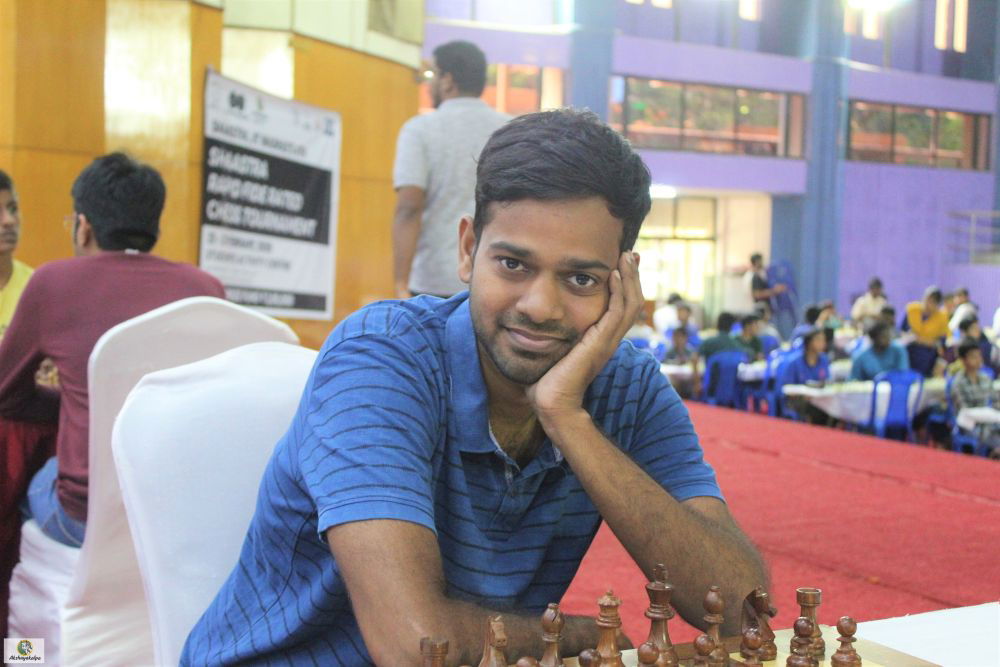
Vishnu Prasanna is the 33rd GM of India. He has been coaching professional chess players since 2016. He has organized numerous individual, group and online camps attended by hundreds of Indian and International chess players till date. He has trained the second youngest GM in the world D Gukesh. He is training with GM Surya Sekhar Ganguly. He has also worked with GM Adhiban B as a second for his debut at Wijk aan Zee, where he finished 3rd. Other prominent students include IM Leon Mendonca, IM Rathanvel, WGM V Varshini, WIM K Priyanka among many others.
Links
The article was edited by Shahid Ahmed












